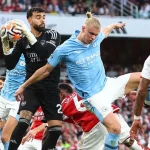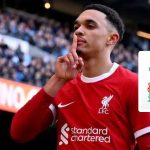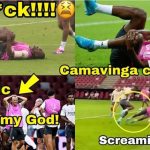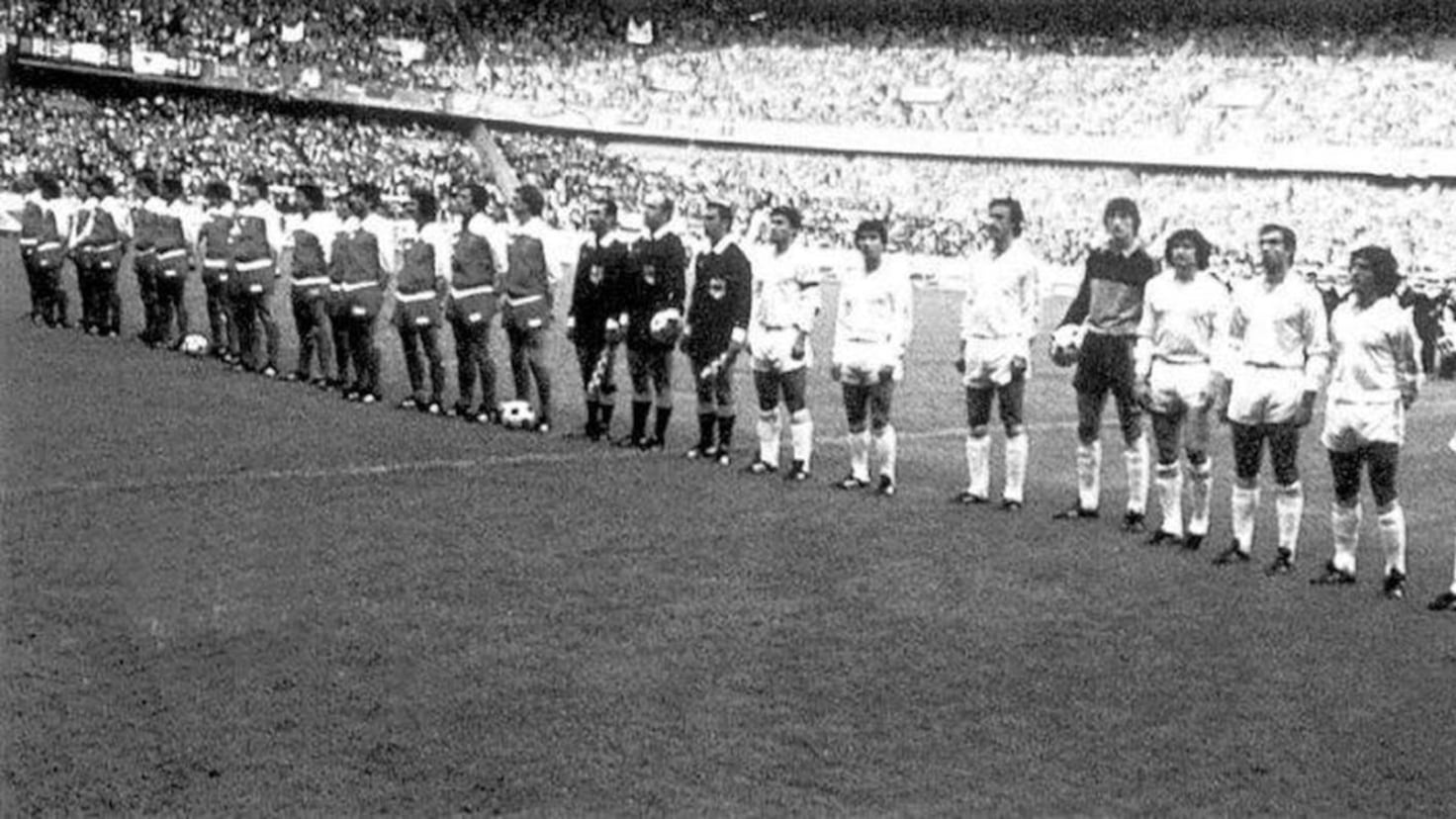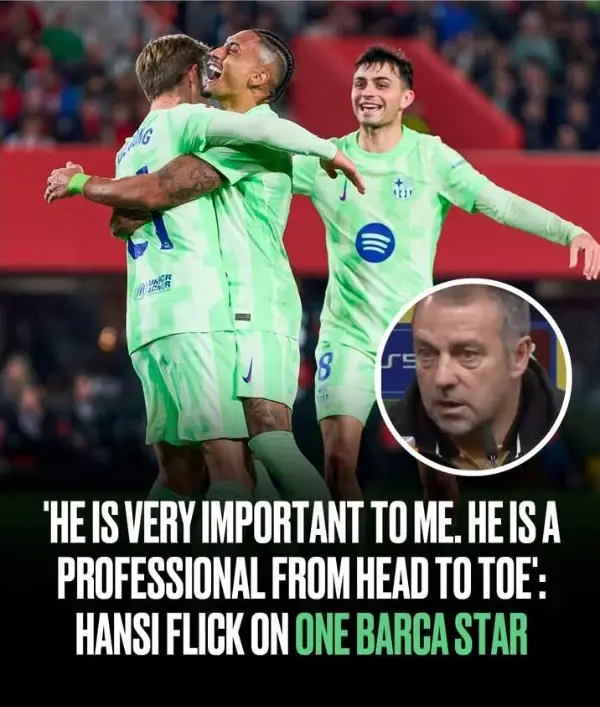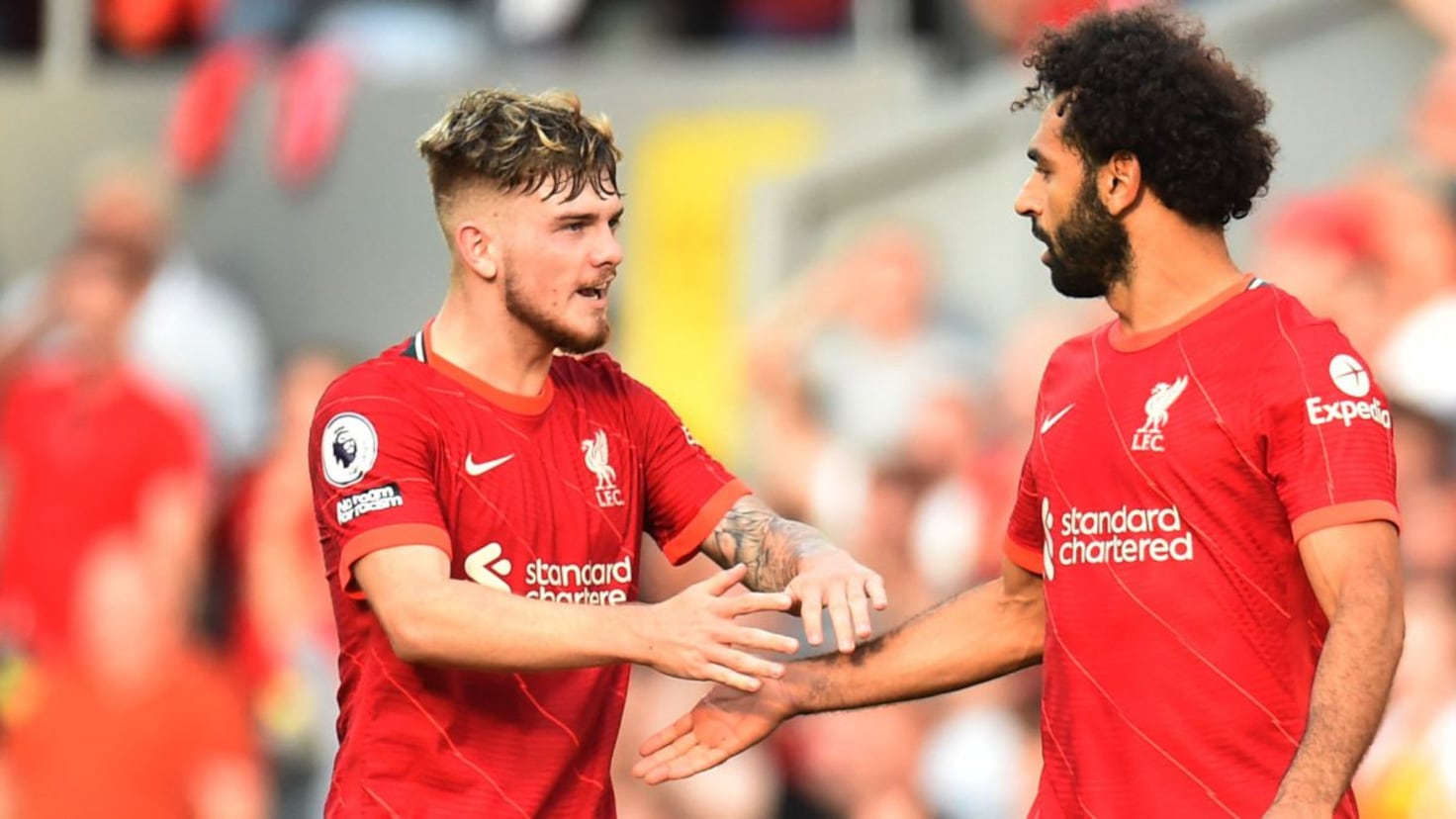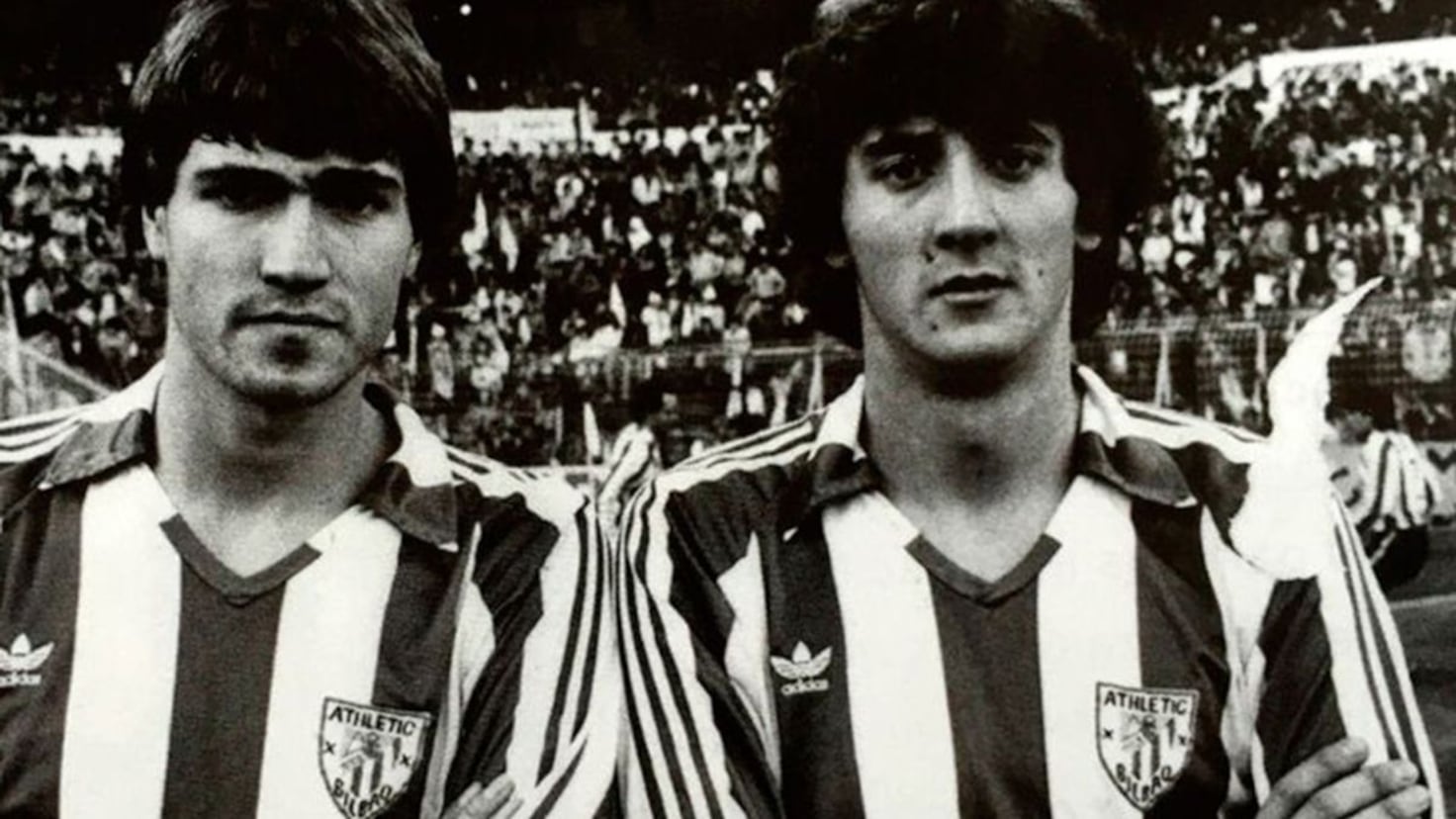When Madrid took the field on May 27, 1981 to face Liverpool in Paris, the Real Madrid fans frowned. The very white uniform had been altered with three purple stripes that ran down the sleeves, from collar to cuff. The same three stripes ran vertically along the underwear and horizontally surrounded the hem of the stockings. Madrid returned that day to the final of the European Cup, which it had not been to since 1966, when the ye-yأ©s. Now it was the Madrid of the Garcأas, clearly inferior in game and players to that Liverpool that it was going to face. Madrid’s asset was the legend, the ancestors, the evoked images of the Marquitos, Zأ،rraga, Di Stأ©fano, Puskas, Gento, Amancio, Pirri, Velأ،zquez… Always in pure white, only altered by the shield in the heart and the number on the back. But Adidas had convinced Madrid to lend itself on the day it returned to a final, which was the XXV edition and in Paris. We were in the middle of a fratricidal war between Adidas and Puma, and I say fratricidal because it really was. Adolf and Rudolf Dassler were the sons of a cobbler from Herzogenaurach, in Bavaria. They fought side by side on the Belgian front in the Great War, returned defeated and started making sneakers and sports shoes. Adolf was the one from the workshop, Rudolf, the salesman. Adolf invented the spiked shoes that helped Owens win the Berlin Olympics. During the new war the factory was expropriated for war purposes. They left Adolf in command, Rudolf went to the Eastern front. That separated them. Adolf created his own brand with the first letters of his name (in diminutive) and his surname: Adidas. He invented the replaceable cleats that helped Germany win the 1954 final. Rudolf replied with Ruda, which he would soon change to Puma. Both companies in Herzogenaurach, each on one side of the river. Half the town worked for one, half for the other. The fierce rivalry gripped the entire community and has continued for three generations. Each one with its symbols: Adidas, with its clover and its three stripes: Puma, with its puma, its trail and its wide stripe on the sleeve. Adidas had been around Luis de Carlos, Bernabأ©u’s successor as head of the club, for some time, very worried about the debts. Already in the assembly in the summer of 1980, he raised the possibility of opening the uniform to sponsorship, but faced with visible rejection, he preferred not to put it to a vote. Then at Christmas 1980, the brand awarded Madrid as the best club of the year, for its national League and Cup double, a title won in the final against Castilla. I was in Paris and I remember very well the آ،aaaahhh! of disappointment among the Madrid fans when they realized when after the hubbub of the start the groups posed. The novelty included a white tracksuit, instead of the classic blue. Someone next to me commented that the masseuse Luisito Velerda (very popular, like his predecessors Legido and Benedicto), looked like an ice cream man. That that wasn’t serious. The clover was not on the chest, because UEFA prohibited advertising claims to the point that Liverpool had to cover the Umbro fly with tape. But the three stripes worked as a design. The game was bad. Three starting defenders were missing and Boskov took out a very depleted Stielike and Cunningham. The game was thick. Madrid, very closed in, had only one chance, which escaped Camacho, when he chased a pass into the clear and bombed long on Clemence’s exit. Very close to the end, a throw-in close to the Madrid area, the ball bouncing strangely on the whitewash on the side line of the area, a kick in the air from the bad leg of García Cortés, a left-handed player who had to play on the right, and a goal from full-back Alan Kennedy, the bad guy of the two brothers. In the depressive atmosphere that followed, it was easy to curse the publicity. For many, something sacred had been given on a sacred day for thirty silver coins. The payment was 17 million pesetas, in a budget of 1,076, of which 125 went to Castilla. Cunningham had cost 195. Since then Madrid always had a technical sponsor. In 1986 he moved to Hummel, in 1994 to Kelme and in 1998 he returned to Adidas, with which he continues to this day. Now it puts in 100 million euros, one seventh of the budget. Someday it had to start.

